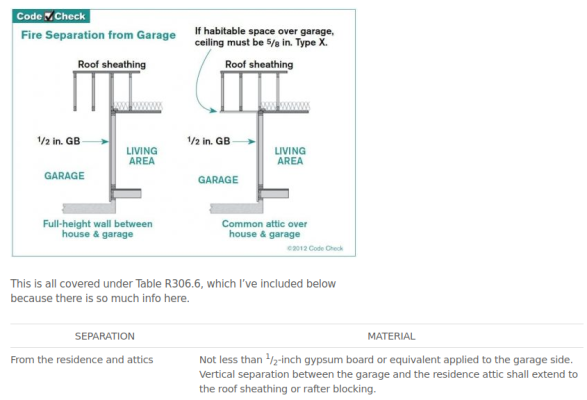2HOTinPHX
Full time employment: Posting here.
So our home was built in 98 so it seems time to add some blow in insulation? Went to a home show this past weekend and talked to a few people regarding this. One company will come out and blow in more and with SRP rebate applied going to be less than 500.00. Others say you first should seal your attic. Its alot more money as they suck out the existing insulation then seal around everything then replace insulation. is it worthwhile to do this additional process? Or is it another money grab?


